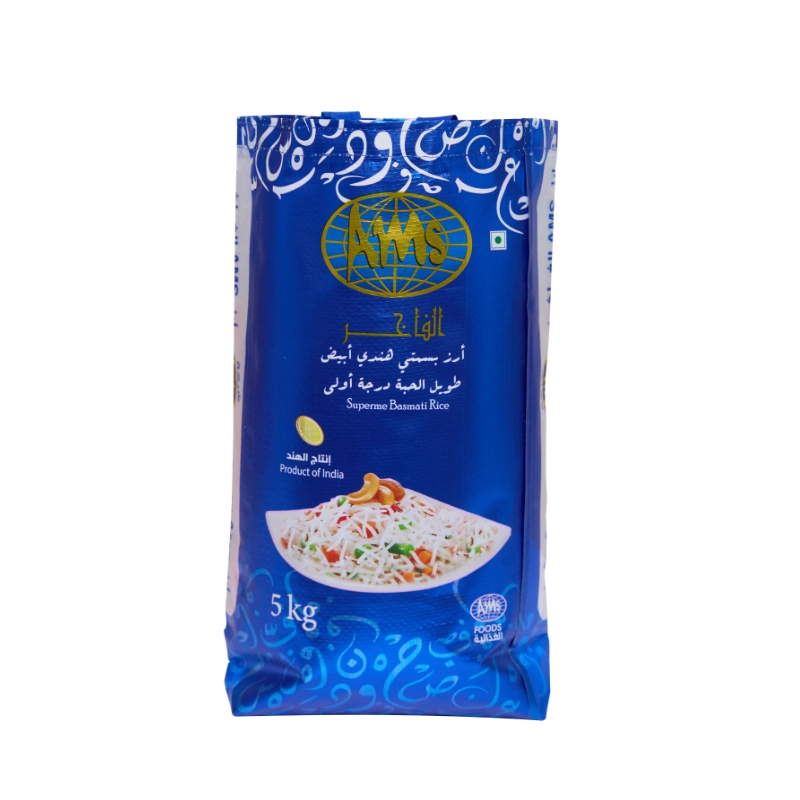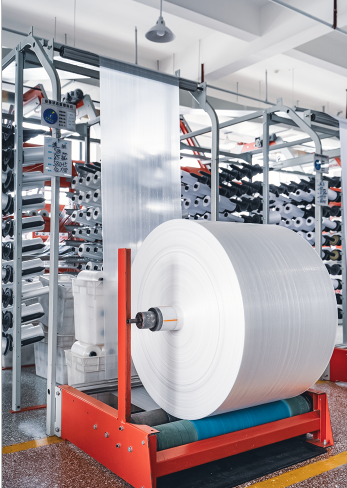Weave density directly determines how strong your PP woven bags are. More tapes woven together per square inch creates stronger bags that handle heavier loads without breaking. Fewer tapes make lighter bags that cost less but can’t handle as much weight. Pick the density based on how much your bags need to carry.
Weave density is how many polypropylene tapes are packed into each section of the bag fabric. Manufacturers measure this as the number of wires per 10 cm length.
Picture it like a basket: more strips woven together make a stronger basket. The same principle applies to PP woven bags. More tapes in the same space creates stronger bag characteristics that resist tearing and handle more weight.

Higher density bags pack more tapes together, spreading weight across more material. This prevents weak spots that cause bags to split under heavy loads.
Lower density bags use fewer tapes, making them lighter and cheaper but less strong. They work fine for light materials but may tear when handling heavy or rough cargo.
The tightly woven structure also resists damage better. If one tape gets damaged, the surrounding tapes keep supporting the load instead of letting the whole bag fail.
Grams per square meter (GSM) measures fabric thickness and works alongside weave density to determine overall strength. Higher GSM with high density creates the strongest bags for heavy-duty applications.
Tensile strength determines how much stress the fabric can handle before tearing. High weave density contributes to better tensile strength, but other factors like tape quality also matter.
Tighter weaves create stronger bags but reduce flexibility. Looser weaves offer more flexibility but sacrifice some strength. Choose based on whether you need maximum strength or easier handling.
The density you need depends on what you’re carrying and how much weight your bags will handle. Here’s a table to help you match density to your specific application:
| Application Type | Recommended Density | Why This Density Works |
|---|---|---|
| Heavy construction materials | High density | Handles weight and rough handling |
| High density BOPP bags ensure durability and protect heavy items during transport and storage. | ||
| Chemicals and fertilizers | High density | Resists stress and chemical exposure |
| Bags with high density offer superior resistance to punctures and chemical corrosion, essential for industrial use. | ||
| Food products and grains | Medium density | Adequate strength with cost efficiency |
| Medium density provides a balanced solution, ensuring product protection while keeping material costs reasonable. | ||
| Textiles and light goods | Medium density | Balances strength and flexibility |
| Medium-density bags provide sufficient protection without being too rigid, ideal for flexible packing needs. | ||
| Shopping and promotional bags | Lower density | Cost-effective for light loads |
| Lower density reduces production cost, suitable for temporary and lightweight consumer use. | ||
PP woven bags use the interlocked tape construction that creates the weave density we’ve discussed. This gives them superior strength and durability compared to pp non woven bags, which use a different manufacturing process.
Non-woven bags don’t have the same weave density characteristics because they’re made from bonded fibers rather than woven tapes. This makes woven bags stronger for heavy-duty applications where density matters most.
XIFA maintains strict quality control for weave density in their manufacturing process. We measure wire density as the number of wires per 10 cm length and compare results against customer requirements.
Our tolerance standards allow fluctuation of just one wire from the specified requirement. For example, if a customer requires 50 wires per 10 cm, we accept 49 or 51 wires as within acceptable range. This tight tolerance ensures consistent quality and authentic materials in every PP bag.
The precision shows our commitment to producing good linen quality bags that meet exact specifications. Our low detection tolerance guarantees customers receive products manufactured to their exact standards.
Weave density controls how much weight and stress your bags can handle. Higher density costs more but prevents expensive failures with heavy loads. Match the density to your actual need, and don’t risk bag failures with inadequate density.
Choose suppliers who maintain consistent quality standards and can deliver the exact density specifications your applications require.




